 Biology 381, Pollution Biology
Biology 381, Pollution Biology Biology 381, Pollution Biology
Biology 381, Pollution BiologyDepartment of Biological Sciences,
Faculty of Science,
University of Alberta,
Edmonton, Alberta.
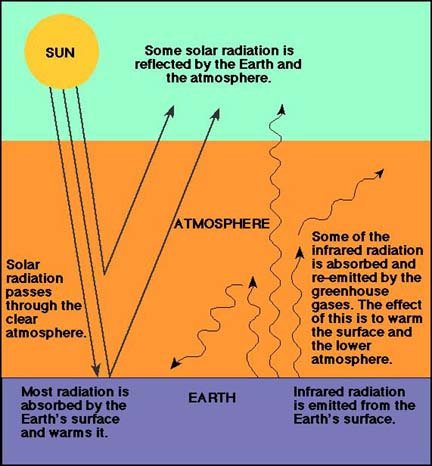
http://www.puc.ohio.gov/gcc/sciover.html.
Important greenhouse gases |
|||
| Greenhouse gas | Abbreviation | Concentration | Global Warming Potential |
| Water | H20 | variable | high |
| Carbon dioxide | CO2 | high (102 ppm) | low (1.0) |
| Methane | CH4 | moderate (ppm) | moderate (21) |
| Chlorofluorocarbons | CFCs | very low (ppt) | high (3,400-13,000) |
| Nitrous oxide | N2O | low (ppb) | moderate (310) |
| Hydrochlorofluorocarbons | HCFCs | very low (ppt) | mod., high (90-2000) |
| Hydrofluorocarbons | HFCs | very low (ppt) | mod., high (140-12,100) |
| Ozone | O3 | variable | low |
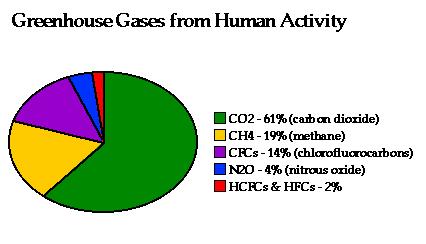
http://www.puc.ohio.gov/gcc/sciover.html.
| Greenhouse Gas | 1750 Concentration | 1992 Concentration |
| Carbon Dioxide | 280 ppmv | 355 ppmv |
| Methane | 0.8 ppmv | 1.72 ppmv |
| Nitrous Oxide | 275 ppbv | 310 ppbv |
| CFC-11 | 0 | 280 pptv |
| CFC-12 | 0 | 484 pptv |
| HCFCs/HFCs | 0 | n/a |
| Tropospheric Ozone | n/a | variable |
| Stratospheric Ozone | n/a | 300 DU |
Note: ppmv=parts per million by
volume, ppbv=parts per billion by volume,
pptv=parts per trillion by volume.
http://www.puc.ohio.gov/gcc/sciover.html.
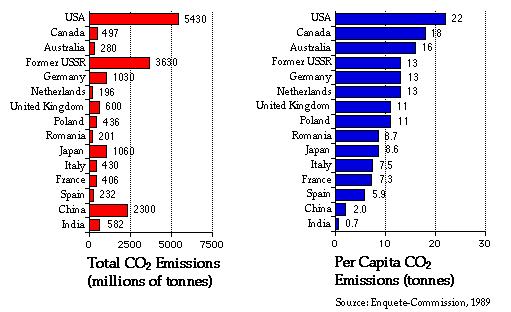
Source: International Consortium of Local
Environmental Initiatives, Toronto, Canada, or see
http://www.puc.ohio.gov/gcc/sciover.html.
http://www.puc.ohio.gov/gcc/sciover.html.
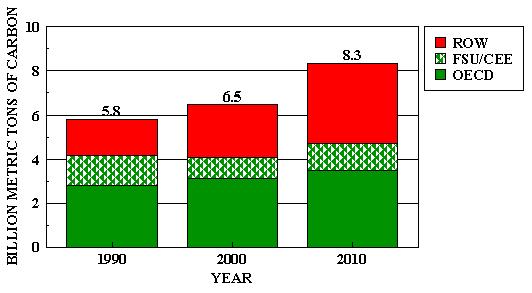
http://www.globalchange.org/dataall/95jul5l.htm.
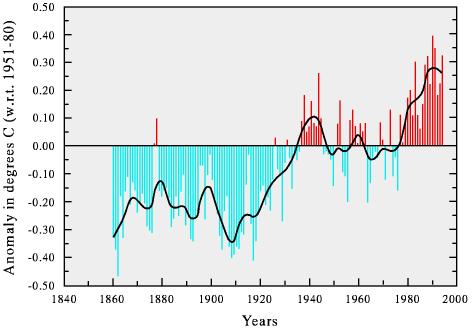 http://www.ncdc.noaa.gov/gcps/papers/climchg/climate-change-update.html.
http://www.ncdc.noaa.gov/gcps/papers/climchg/climate-change-update.html.
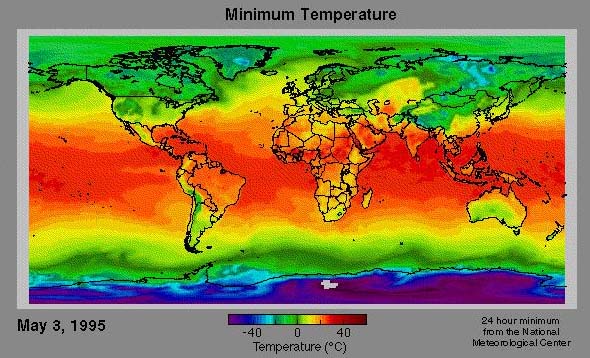 http://windows.engin.umich.edu:80/earth/images/rectangle_mike_image.html.
http://windows.engin.umich.edu:80/earth/images/rectangle_mike_image.html.
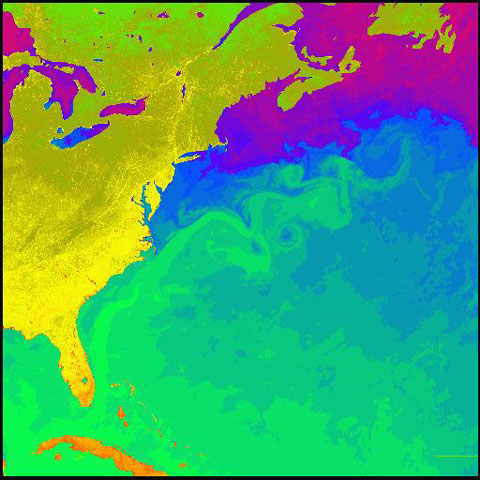
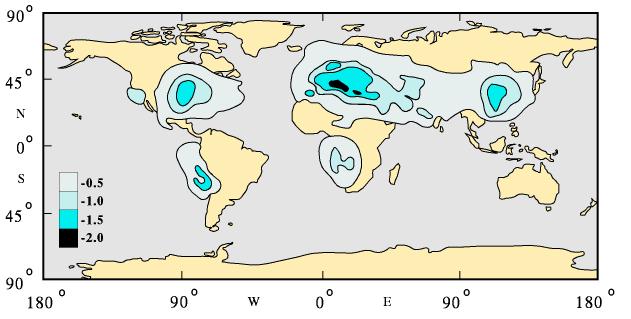
Modelled geographical distribution of contemporary
annual mean direct radiative forcing (Wm-2) from anthropogenic sulfate aerosols
in the troposphere.
http://www.ncdc.noaa.gov/gcps/papers/climchg/climate-change-update.html.
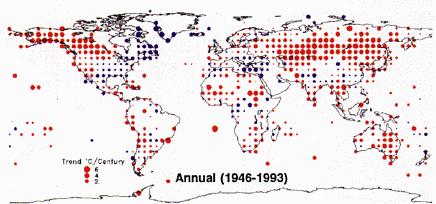 http://www.ncdc.noaa.gov/gcps/papers/climchg/climate-change-update.html.
http://www.ncdc.noaa.gov/gcps/papers/climchg/climate-change-update.html.
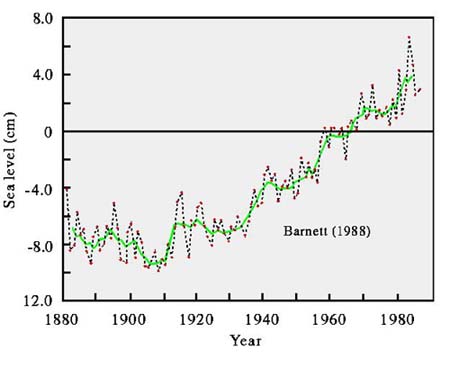 http://www.ncdc.noaa.gov/gcps/papers/climchg/climate-change-update.html.
http://www.ncdc.noaa.gov/gcps/papers/climchg/climate-change-update.html.

http://http://www.globalchange.org/dataall/95jul1l.htm.
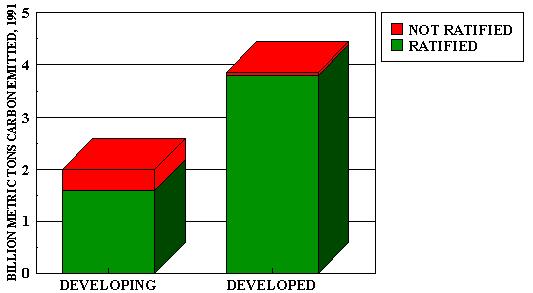
Global Change, The Electronic Edition. - An absolute wealth of information on global climate change. Everything you wanted to know if you have the time to look.
The Intergovernmental Panel on Climate Change's fact sheet series A major source of fact sheets on Global Change.
The Public Utilities Commission of Ohio's overview of global climate change. - A strong review of the basics.
Global Change's Guide to IPCC-Related Publications - A list of sources for information on Global Change.
Last updated, March 16, 1997